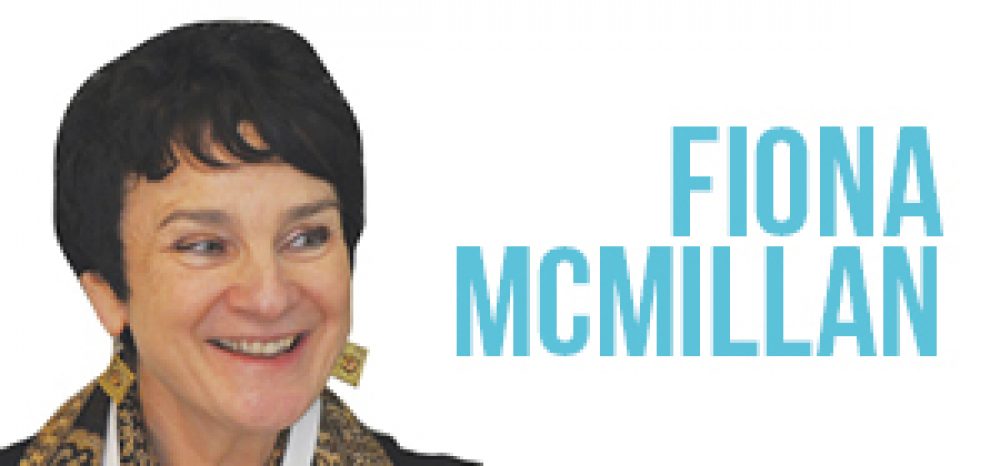One of the privileges of being vice-chair of the Commission on Adult Vocational Teaching and Learning (CAVTL) was the opportunity to see genuinely world class vocational teaching and learning in action in a whole range of settings — with employers, colleges and training providers, across different sectors of the economy — much of which challenged our initial assumptions.
From the practice that commissioners saw, from the evidence that was submitted by employers, learners, and teachers and trainers, and the research we commissioned, we identified four key characteristics on which excellent vocational teaching and learning depend.
They were firstly, a clear line of sight to work on all vocational programmes; and secondly, ‘dual professional’ teachers and trainers who combine occupational and pedagogical expertise, who are trusted and given the time to develop partnerships and curricula with employers. Thirdly, access to industry-standard facilities and resources reflecting the ways in which technology is transforming work; and, finally, clear escalators to higher level vocational learning, developing and combining deep knowledge and skills.
What we also noted though, was how much vocational education and training practice was inconsistent, “because of the requirement to work within a system which continues to seek to specify so much from the centre”.
The commission argued that a key route to more widespread high quality practice will involve empowering and trusting vocational teachers and trainers to be “dual professionals” — to combine their occupational and pedagogical expertise, build strong partnerships with employers to deliver relevant vocational programmes, and to work together to spread and improve the practice and impact of quality vocational teaching and learning.
We called on partners to “play their respective roles in enabling adult vocational teaching and learning to flourish by addressing our recommendations to them”.
One of the recommendations was to Ofsted. We asked it “to consider the distinctive features of vocational teaching and learning identified [by the commission] as an additional lens through which to review vocational provision”.
We were delighted when Ofsted suggested a joint project, which we hope will do just that. We are now working with Ofsted and the CAVTL commissioners to further explore excellent vocational teaching and learning. By visiting providers and employers, who recently applied to be part of a case study project, Ofsted inspectors and the commission are seeking to further illuminate the characteristics of excellent provision, and the distinctive features of effective vocational teaching, learning and leadership.
Over the summer, I was delighted to be asked to lead the new Education and Training Foundation’s work to take forward the commission’s recommendations, working with Jenny Williams, author of the CAVTL report.
Building on our approach to the commission — of working from practice to theory — we are keen to learn from the case study examples from the joint Ofsted/CAVTL project, to be published later this year, as we develop arrangements to support vocational teaching and learning professionals.
Our contribution to the foundation’s goal — to enhance the professionalism of further education and training — will be to focus on building on the vocational expertise that already exists, making it more visible to teachers, trainers and leaders, to enable it to be adopted and adapted more widely.
Nothing less will do if we are to realise our collective ambitions to further improve the quality and impact of vocational education and training so that it genuinely supports individuals, businesses and communities to grow and succeed.
We want to consult widely as the Foundation’s programme develops over the autumn and will be putting in place a range of ways to engage with vocational education and training partners. We look forward to hearing from the sector and working with it as we do.









Your thoughts